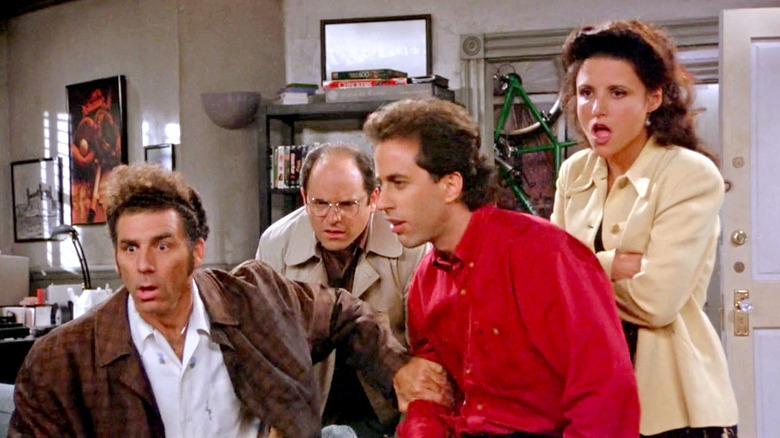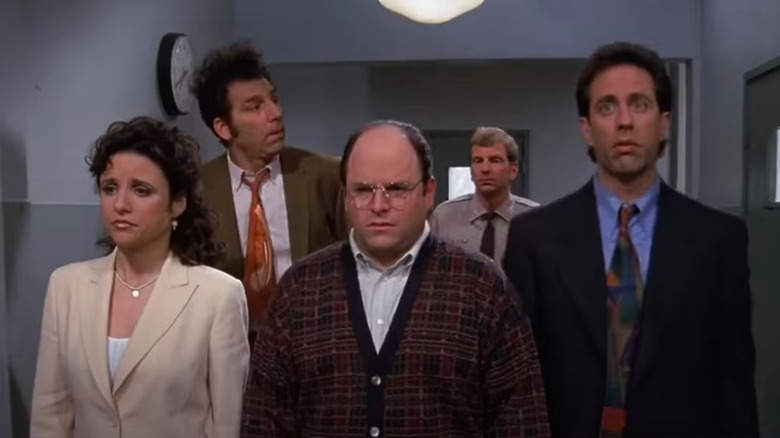Previous to about 1987, American sitcoms had been — typically talking — very totally different. Regardless of the premise or supposed demographic, most sitcoms (and, once more, it is a vast generality) targeted on a dependable comedic construction of set-ups and payoffs. From “I Love Lucy” all the way in which to “Diff’hire Strokes,” sitcom writers had been cautious to discover a recognizable home/office/widespread setting setting by way of sharply acknowledged, very humorous characters. The identical writers had been usually additionally cautious to put out gags and jokes very clearly. Each setup normally led to some type of punchline or payoff.
Within the late Eighties, nevertheless, sitcoms underwent a reckoning. Evidently audiences and lots of longtime writers grew to become bored with the a long time of well-worm tropes and buildings, they usually started to deconstruct. 1987 noticed the debut of “Married… With Youngsters,” a sitcom that adopted an aggressively dysfunctional household who all type of hated one another. Their causticness was the joke. Then, in 1989, “The Simpsons” debuted, handily satirizing all sitcoms that got here earlier than it by providing a semi-surreal, yellow-hued parallel sitcom universe the place all the pieces was a bit of askew.
1989 additionally noticed the debut of “Seinfeld,” the present that just about slammed the door shut on old school sitcoms. Because the present’s creators, Larry David and Jerry Seinfeld have repeatedly mentioned, “Seinfeld” was a present about nothing, they usually mandated that none of its characters had been to turn into sentimental, hug, or study any classes. The present was primarily based on Seinfeld’s personal model of observational humor and petty grievances.
Glen Charles was the co-creator of the 1982 hit sitcom “Cheers” (alongside along with his brother Les and Jimmy Burrows), and he recollects with readability the shift from punchline-based humor writing in sitcoms to the “Seinfeld”-inspired observational writing that finally took over. Again in 2012, Charles spoke to GQ journal in regards to the sea change and felt that comedy at massive suffered consequently.
Glen Charles hated that ‘Seinfeld’ had no conventional punchlines
Standup comedy had lengthy skewed away from conventional setups and punchlines by the late Eighties. Certainly, as noticed within the movie “The Aristocrats,” comedians hardly ever obtained on stage to inform conventional jokes anymore, because the follow was seen as a relic of borscht-belt comedy of the Nineteen Fifties and Sixties. Jerry Seinfeld’s model of humor was self-deprecating, and primarily based on tiny private inconveniences that everybody may relate to. That is why so many Jerry Seinfeld jokes start with the phrase “What’s the take care of…?” Seinfeld noticed one thing out on the earth that he discovered inherently illogical, and located humor in its absurdity. Life, he was declaring, is type of meaningless, and the buildings round us are to be contemplated as equally meaningless.
That humor was carried over into “Seinfeld,” and the writers of “Cheers” did not like that. Glen Charles did not like that petty grievance was the purpose. There was no remark supplied with observational humor, simply that the comic seen one thing. Charles was particularly incensed when Seinfeld’s model of humor took over the remainder of comedy. He mentioned:
“For higher or for worse, I see extra of S’einfeld’s’ affect now [on comedy] … not joke-jokes, however individuals airing very private, subjective points, and generally issues shut with out even a joke. We by no means would have achieved that. We would be there till two within the morning, ensuring it had a button on the act. I am not making a worth judgment. It simply appears to be extra of a development now.”
Certainly, watching older sitcoms, one can see that they’re usually extra “writerly.” The construction is extra strong from scene to scene, and the characters all have miniature arcs. There’s sympathy, drama, and story in Charles’ traditions. Seinfeld allotted with these traditions, presenting characters that could not study and could not have arcs.
However “Seinfeld” at the least knew its characters had been horrible individuals. The ultimate episode of the collection put all of them on trial for his or her crimes of selfishness and pettiness. They ended the collection in jail. One may marvel how Charles felt about that.



